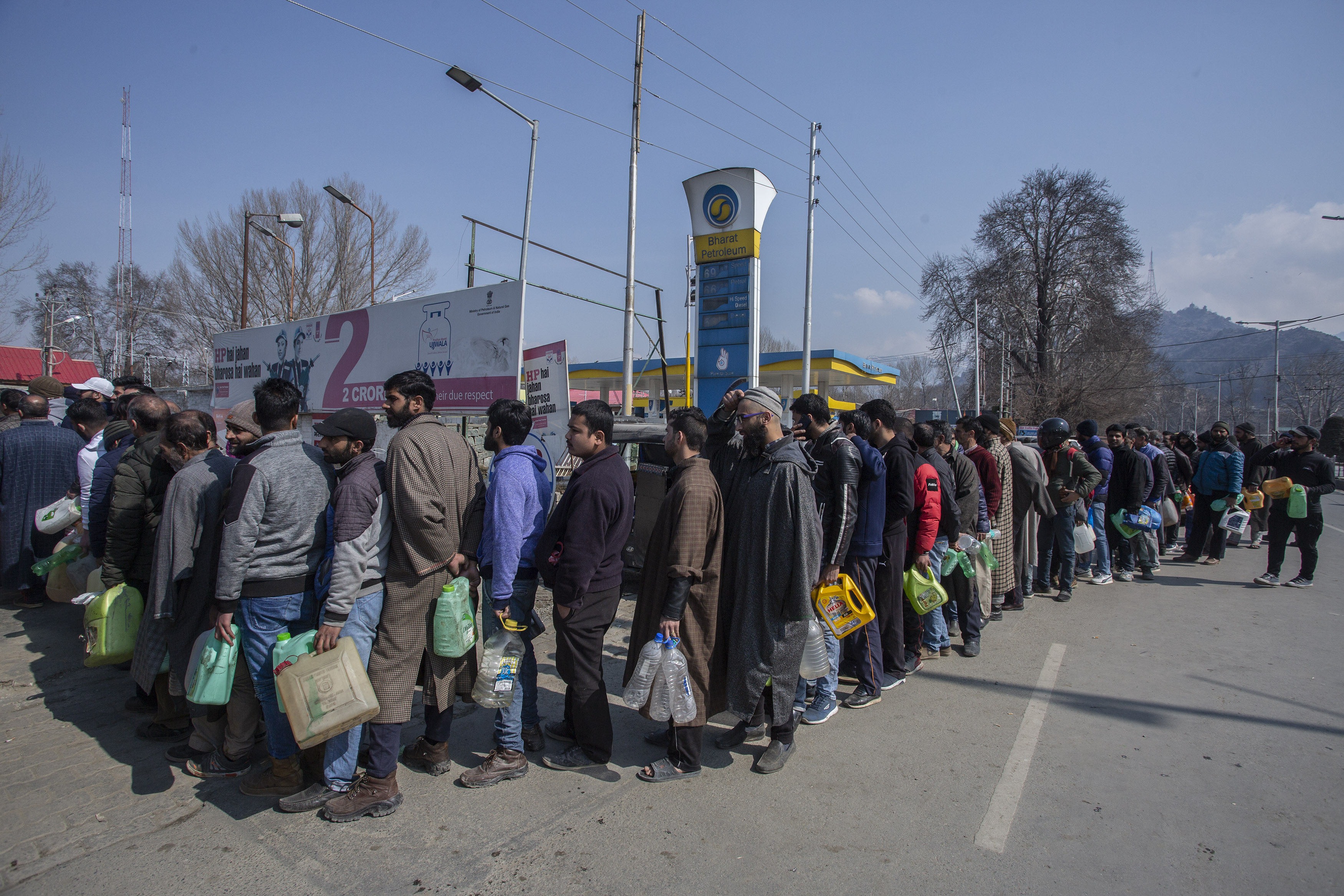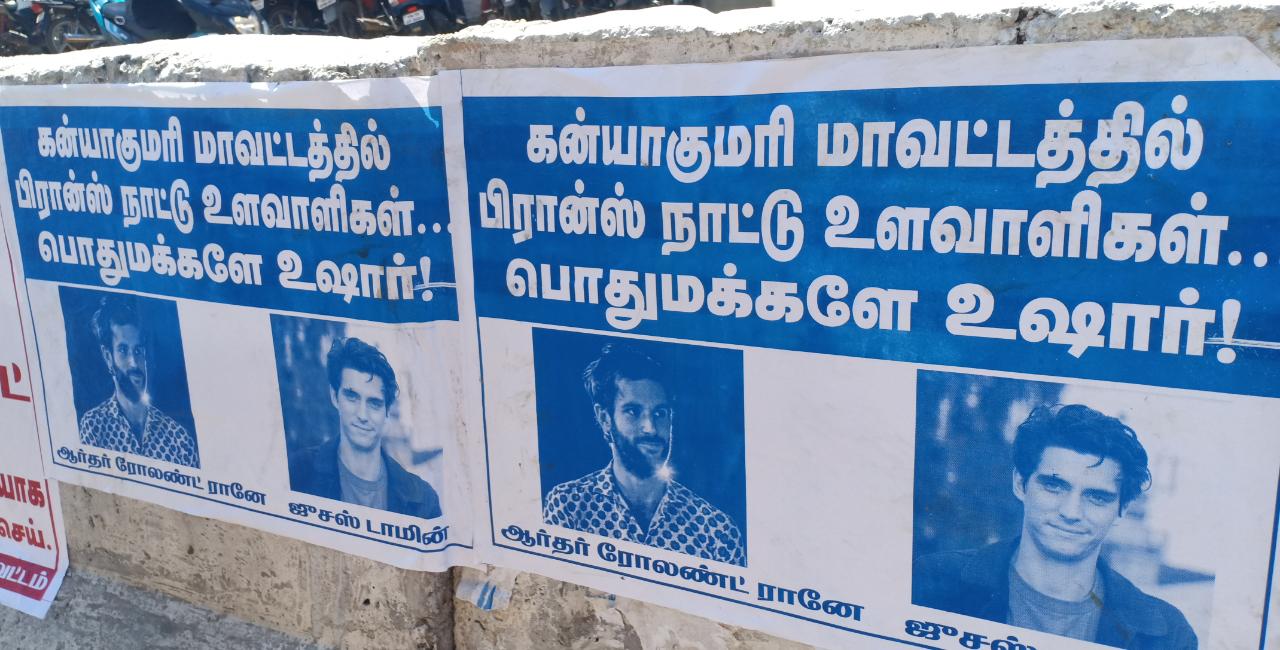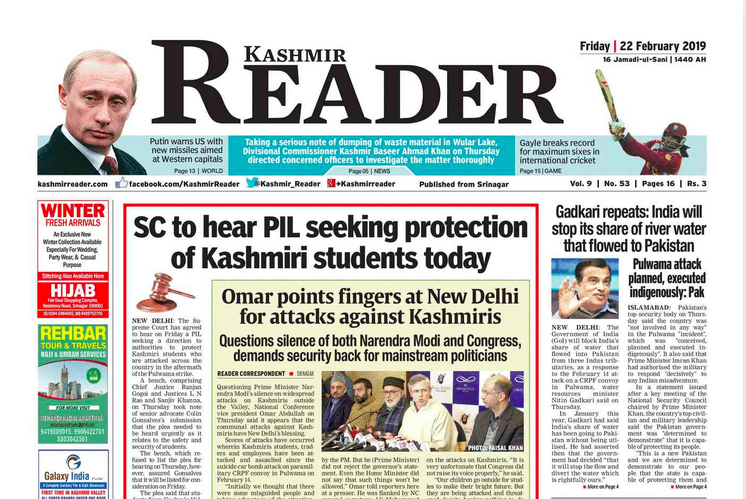Fear and Panic in the Valley – but the media could barely report it!
The aftermath of the Pulwama attack has dominated the news media but there’s little attention about how it further exacerbated the crisis in the Kashmir Valley. But how could it, when the messenger was also muzzled, asks Moazum Mohammad.
While the heightened tensions between India and Pakistan dominated the news cycle in the two countries, the explosive and crisis-like situation in the Valley went largely unreported in Indian mainstream media.
The ban on government advertisements to two newspapers, mass crackdown, raids on separatists, ban on Jamaat-e-Islami and harassment of commuters on highways has essentially gone unnoticed. The major fallout of the February 14 Pulwama suicide blast has been felt mainly by commuters who travel along highways and major roads. Their vehicles are being stopped and not allowed to move ahead until convoys of the armed forces cross the area. The fear and panic is palpable and growing.
It started soon after hundreds of civilian mini-cabs, buses and trucks employed for deployment of the troop arrival were chaotically parked outside the Police Control Room in the capital Srinagar. The flurry of activity caused people to panic as jets in previous nights made roaring sorties in skies. This had left residents worried as rumours about war and scrapping Article 35A gained momentum.
Amid this, the J&K government’s contingency orders added fuel to fire. From distribution of food grains, asking doctors to seek approval for station permissions and stocking up of drugs aggravated the situation. Many residents hoarded essentials like milk, medicine, and rice as rumours of all sorts were afloat.

Fuel, groceries, milk, medicines…all in short supply (Pic courtesy Abid Bhat)
But as fear and panic gripped people, the government withdrew the contingency order after National Conference president Dr Farooq Abdullah took up the issue with Home Minister Rajnath Singh. This triggered Governor Satya Pal Malik alongwith his administration to issue multiple clarifications asking people to avoid believing in rumours.
Mass crackdown
On the night of February 22, government forces launched overnight raids to arrest Jamaat-e-Islami members including it top leadership. The night raids caused panic especially in villages. Like Mudasir Wani, a Tral resident whose father a senior citizen was picked up from his home in nocturnal raid.
He sardonically wrote on Facebook, “It gives me immense pleasure to share the news that my 64-year-old father M Amin Wani has been picked by SOG (Police) and army in a nocturnal visit to our house,” he wrote at 3am on February 23. His father who suffers from multiple ailments such as diabetes, hypertension and a heart problem was picked up from their home at 12:30a.m after security forces trespassed boundary wall and knocked onto windows of their house.
“In the chilling cold night they requested my father to accompany them to the camp,” he said. Though according to him they pleaded that they can attend the camp next morning without any respite. “Tonight my heart is filled with tonnes of love for army and India,” he wrote tauntingly.
Another resident in Anantnag who is one of more than 200 arrested Jamaat members was readied for jail by his family. A senior citizen, his family had blanketed him with layers of woollen clothes to keep him warm in custody. “But he is ready waiting for knock on door,” his family said.
These harrowing incidents have swelled anger and fury in the Valley, where tempers are already running high.
More Troops
In the Valley, the exercise is being viewed as a pre-election plan to ensure smooth conduct of the polls. In 2017, the parliamentary by-poll in Srinagar constituency drew lowest ever 7 percent turnout while Anantnag’s Lok Sabha seat is still vacant after being vacated by former chief minister Mehbooba Mufti. This impending lower turnout has prompted the government to deploy more troops in the Valley. “This is less than the actual additional forces required and more would be inducted in the coming weeks,” said the Governor in a handout on February 24.
An estimated 800 companies are required for six parliamentary seats in the state. Of these, 400 are already in place from Panchayat polls held in 2018 and 400 are more required. This included Border Security Forces (BSF), which is making comeback to Srinagar after nearly a decade. The BSF was replaced by CRPF for counterinsurgency operations in Kashmir in 2007.
Crisis
Amid an impending war, the only lifeline to Kashmir, the Srinagar-Jammu highway has been closed for days together. This caused huge scarcity of essentials like food, fuel etc. For days, fuel stations ran dry and even now, the situation has changed little. Scores of people would wait outside the stations waiting for a mere three liters of petrol as the government rationed fuel. Yet that too was unavailable.

Worst fuel crisis in the Valley (Pic courtesy Abid Bhat)
Many like Asrar Ahmad, a businessman abandoned their cars at home after the Valley ran dry of fuel. “It affected my business as I have to shuffle from one place to another for work,” says the 25-year-old youth who deals with Kashmiri made handicrafts.
Advertisements of newspapers banned
Kashmir Editors Guild, a body of owners and editors announced government advertisements have been stopped to two newspapers namely Greater Kashmir and Kashmir Reader. The Guild had already issued a statement condemning the move. Although no formal orders were issued to spell out the reasons for the ban, it again highlighted the fragile state of press freedom in the Valley.
But why the ban?
In the aftermath of killing of Hizbul Mujahideen commander Burhan Wani in July 2016, a mass uprising had brought curtains down on the media. The PDP-BJP coalition government got printing facilities raided and newspapers seized ensuing three days media blackout on a mere verbal order. The major government clampdown occurred when the former chief minister Mehbooba Mufti banned the Kashmir Reader on Gandhi Jayanti, 2 October, 2016, without citing any reasons for three months. Internally, it was learnt the paper was banned for its reportage critical of the government.
The unprecedented government move triggered protests and condemnation from the international media watchdogs yet the arbitrary order couldn’t go.
Shafat Farooq, a multimedia producer at BBC Urdu, clubs it with larger issue of media clampdown. Like they want Kashmir based media, which has been doing fair reporting to lap up their version.
“Like NDTV, Quint raid, it (advertisement ban) should be seen through that. And it is not first time,” he said, “The Indian rightwing is against Kashmir media because it has served and doing fair journalism, ” he added.
His comments are not misplaced. Soon after the February 14 attack, the media reported on the communal attacks against Kashmiri students, traders and others outside the Valley. Videos and students who returned to the Valley narrated the harrowing events. Seven Kashmiris were booked and slapped with charges including sedition for “objectionable” comments on social media. Similarly a few Kashmiris working in multinational pharmaceutical companies were suspended for their comments.
Yet the Governor SP Malik dubbed its reportage in media as “exaggerated” which triggered “unnecessary excessive reactions in the Kashmir Valley”.
For the government, throttling the messenger which has been communicating information in the most challenging situation is par for the course. But, in the face of continued conflict and the gloomiest economy slowdown in the Valley, it only sounds a death-knell to news.
(Moazum Mohammad is a journalist based in Kashmir)
Related


